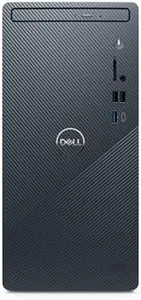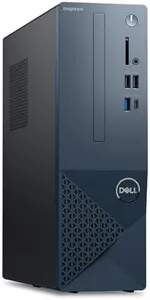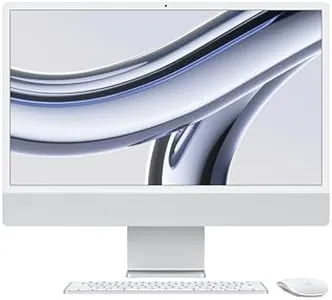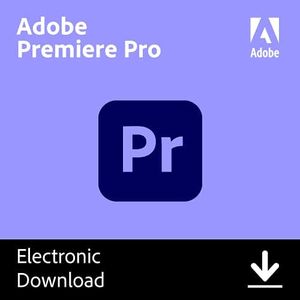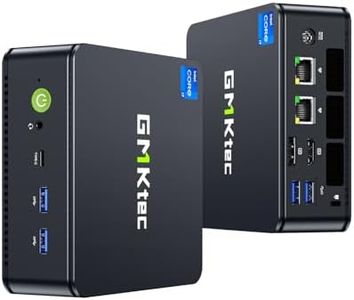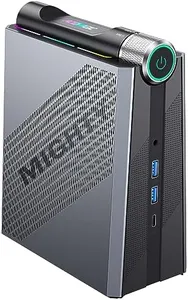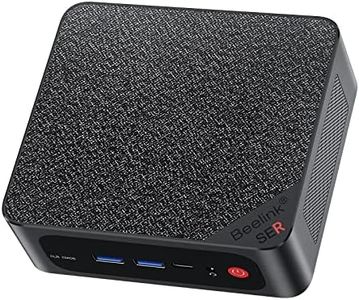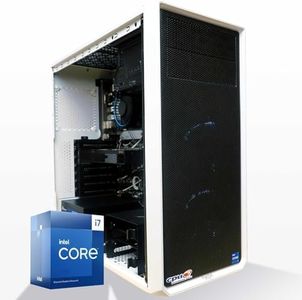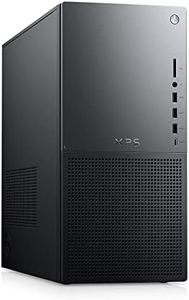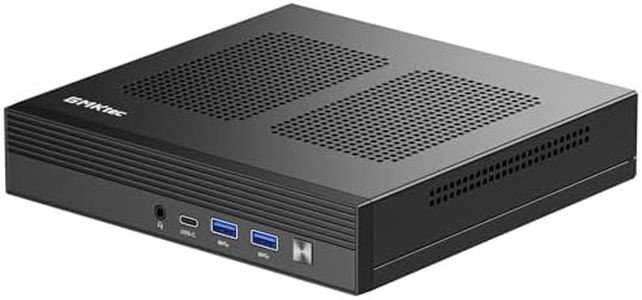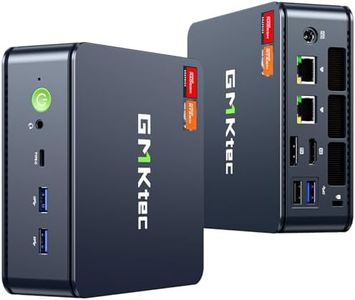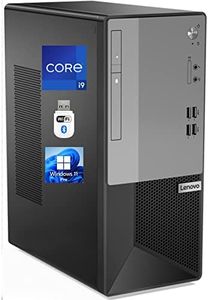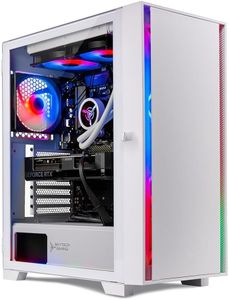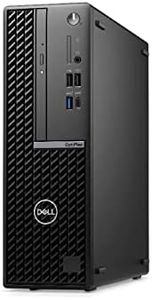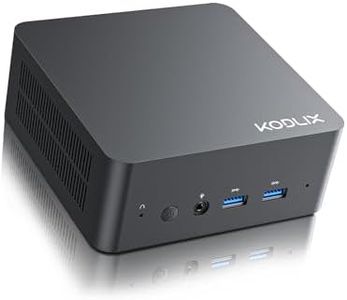We Use CookiesWe use cookies to enhance the security, performance,
functionality and for analytical and promotional activities. By continuing to browse this site you
are agreeing to our privacy policy
10 Best Video Editing Desktops 2025 in the United States
How do we rank products for you?
Our technology thoroughly searches through the online shopping world, reviewing hundreds of sites. We then process and analyze this information, updating in real-time to bring you the latest top-rated products. This way, you always get the best and most current options available.

Buying Guide for the Best Video Editing Desktops
When choosing a desktop for video editing, it's important to consider several key specifications to ensure that the machine can handle the demanding tasks associated with video production. Video editing requires a powerful computer that can process large files, render effects, and handle multiple layers of video and audio tracks. Here are the key specs you should focus on and how to choose the best fit for your needs.Processor (CPU)The processor, or CPU, is the brain of your computer and is crucial for video editing. It handles all the calculations and processes needed to edit and render videos. For video editing, a multi-core processor is essential. Entry-level CPUs might have 4-6 cores, which can handle basic editing tasks. Mid-range CPUs with 8-12 cores are suitable for more complex projects and 4K editing. High-end CPUs with 16 or more cores are ideal for professional video editors working with high-resolution footage and complex effects. Choose a CPU based on the complexity of your projects and the resolution of the videos you work with.
Graphics Card (GPU)The graphics card, or GPU, is responsible for rendering images and videos. A powerful GPU can significantly speed up video rendering and playback, especially when working with high-resolution footage or using effects and transitions. Entry-level GPUs are suitable for basic HD video editing. Mid-range GPUs can handle 4K editing and some effects. High-end GPUs are necessary for 8K editing, 3D rendering, and heavy effects work. Consider the resolution and complexity of your projects when choosing a GPU.
RAM (Memory)RAM, or memory, is where your computer stores data that it needs to access quickly. For video editing, having enough RAM is crucial to ensure smooth performance, especially when working with large files and multiple applications. 8GB of RAM is the minimum for basic HD editing. 16GB is recommended for 4K editing and more complex projects. 32GB or more is ideal for professional editors working with high-resolution footage and multiple applications simultaneously. Choose the amount of RAM based on the size and complexity of your projects.
StorageStorage is where your files are saved. For video editing, you need fast and reliable storage to handle large video files and ensure quick access to your projects. Solid State Drives (SSDs) are much faster than traditional Hard Disk Drives (HDDs) and are recommended for video editing. An SSD with at least 500GB is suitable for basic projects. 1TB or more is recommended for 4K editing and larger projects. For professional work, consider multiple SSDs or a combination of SSDs and HDDs for optimal performance and storage capacity. Choose storage based on the size of your video files and the number of projects you work on.
DisplayThe display is where you view and edit your videos. A high-quality monitor is essential for accurate color grading and detailed editing. For basic editing, a Full HD (1080p) monitor is sufficient. For more detailed work, a 4K monitor is recommended. Professional editors may require multiple monitors or ultra-wide monitors for better workflow and multitasking. Consider the resolution and color accuracy of the monitor based on your editing needs.
Ports and ConnectivityPorts and connectivity options are important for connecting external devices such as cameras, storage drives, and monitors. Ensure the desktop has enough USB ports, HDMI or DisplayPort outputs, and other necessary connections for your peripherals. Thunderbolt ports are also beneficial for high-speed data transfer. Choose a desktop with the right ports based on the devices you use in your editing workflow.
Cooling SystemVideo editing can generate a lot of heat, so a good cooling system is essential to keep your desktop running smoothly and prevent overheating. Look for desktops with efficient cooling solutions, such as multiple fans or liquid cooling systems. This is especially important if you plan to overclock your CPU or GPU for better performance. Choose a cooling system based on the intensity of your editing tasks and the hardware you use.
Most Popular Categories Right Now
